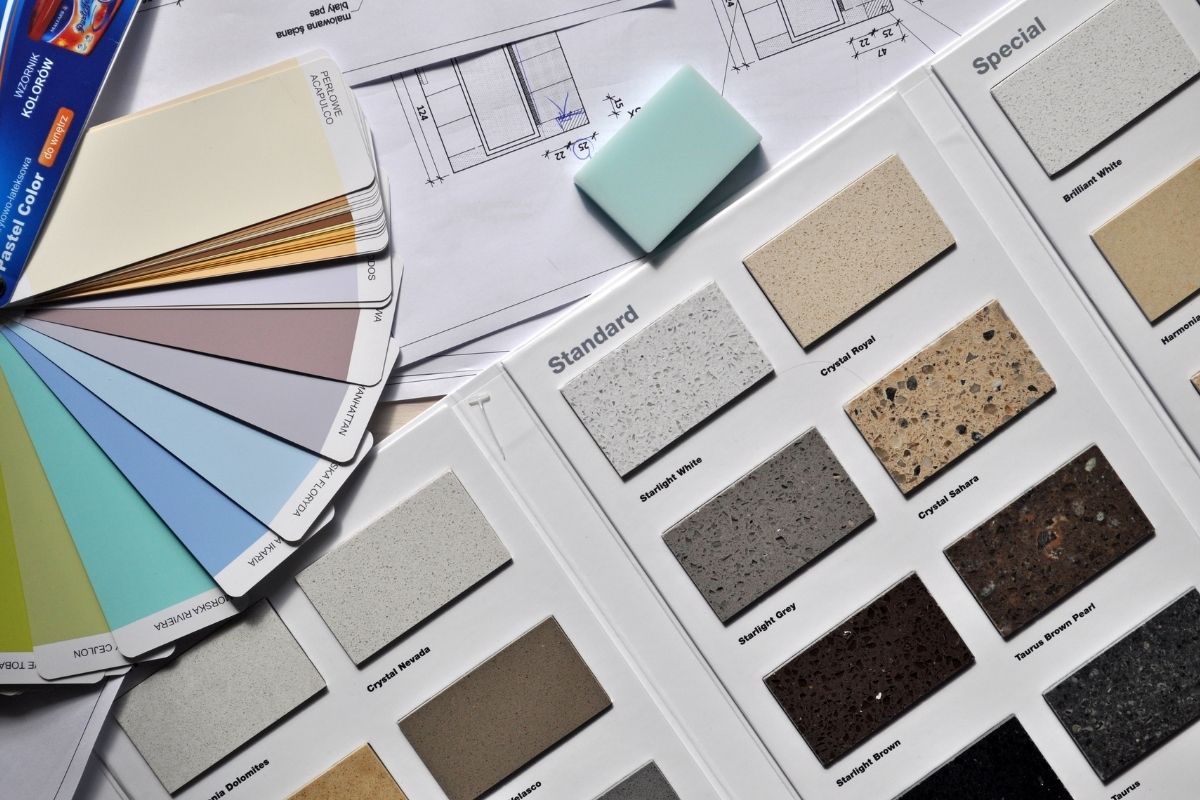Prototyping in Product Design and Product Development
Scott Henderson is an industrial designer, so therefore he creates primarily three-dimensional objects. “I find that it is critical to work in 3D. So even before all of this CAD stuff was available, I would carve foam. They used to call me the foam king because I would walk around like a snowman just covered in dust from literally carving forms out of foam to get these forms exactly right,” says Henderson. He’s a good person to learn from as you continue your online product design education.
That training of carving these things by hand has tuned his brain to be able to think three-dimensionally. “I don’t need to really do that foaming process anymore; I can go into the 3D virtual CAD model and do the same thing without losing any quality or compromise of any kind. Also because I fine-tuned my CAD skills so that I’m sort of like a Jedi master of CAD.”
But the reason he did that was because he sees the value, and the value is there. You cannot compromise the form for any lack of a skill that you might not have, because it can compromise the success of the design. And that’s the last thing you want, so remember that as part of your product design education.
